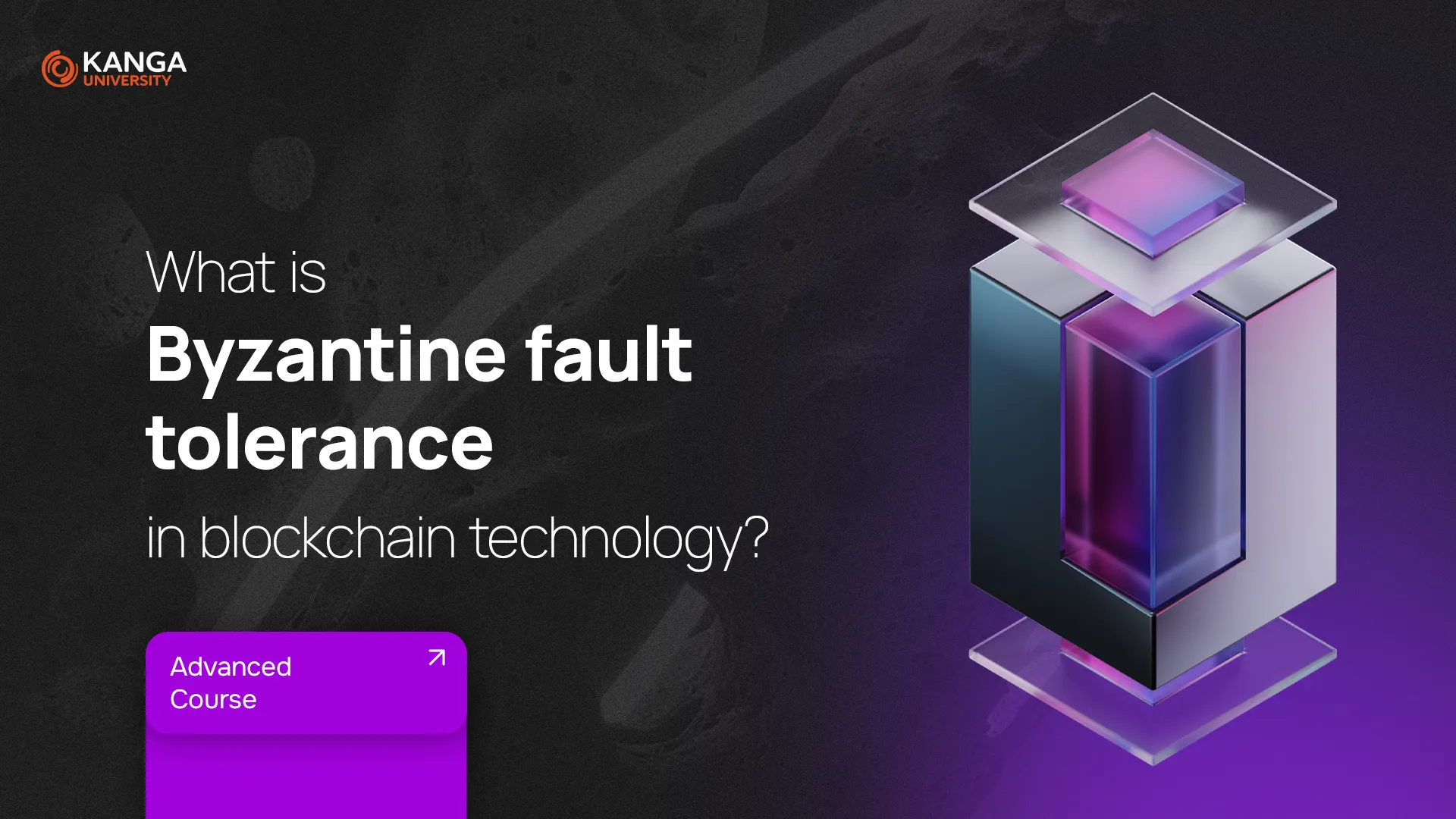
When we talk about blockchain, we often mention how secure and decentralized it is. But what really keeps it running smoothly — even when some parts of the system fail — is something called Byzantine Fault Tolerance, or BFT.
Although it sounds technical, BFT answers a simple question:
What if some participants in the network misbehave or go offline?
Thanks to BFT, the blockchain doesn’t crash. It adapts and keeps going.
From Ancient Generals to Modern Blockchains
The term BFT comes from a thought experiment known as the Byzantine Generals Problem, first introduced in 1982. Imagine several generals surrounding a city. To succeed, they must agree on whether to attack or retreat. If one general betrays the group or sends a misleading message, the entire plan could fail.
In blockchain, the generals are replaced by nodes — computers in the network. Each one plays a part in validating transactions. BFT is the system’s ability to function correctly even if some nodes are faulty, hacked, or malicious.
The rule is simple: as long as at least two-thirds of the nodes behave honestly, the system stays stable.
How Does BFT Work in Practice?
Every time a transaction happens on a blockchain, the network has to agree on its validity. This is done through something called a consensus mechanism.
BFT plays a role in this by ensuring that the blockchain keeps running even if some of the nodes are compromised.
Unlike traditional systems that might crash if a server fails, a blockchain using BFT just keeps going. That’s what makes it powerful — and perfect for decentralized finance.
Many consensus algorithms, including Proof of Work and Proof of Stake, build on BFT principles. These systems are designed to reach agreement even when some data is incorrect or delayed.
Advantages of BFT
-
Fast and stable performance – Transactions are processed smoothly, even if a few nodes misbehave.
-
Low energy use – Unlike mining-heavy models like Proof of Work, BFT doesn’t require huge computing power.
-
Eco-friendly – BFT-based networks have a smaller carbon footprint.
-
Less infrastructure – There’s no need for armies of miners to validate each transaction.
What Could Go Wrong?
Like any system, BFT isn’t perfect. The main risk is a 51% attack, where a majority of nodes act dishonestly. This could allow hackers to double-spend coins or block valid transactions.
Other challenges include:
-
Trust breakdown – If a network is compromised, users might lose confidence.
-
Coordination issues – Even honest nodes can struggle to reach consensus during network delays or technical glitches.
Still, these risks are more about bad actors than flaws in the technology itself.
Why Should You Care?
BFT is a behind-the-scenes guardian of blockchain reliability. It’s what lets systems like Ethereum, Solana, or Avalanche stay online and secure — even when some parts fail.
You don’t need to be a coder to understand its importance. Just know that without BFT, most blockchains wouldn’t work in the real world.
Summary
Byzantine Fault Tolerance is the invisible force that helps blockchains survive failures, glitches, and even attacks.
It proves that decentralized systems can be both resilient and efficient, even when participants don’t fully trust each other.
It may sound like something only engineers care about, but in reality, BFT is one of the reasons blockchain technology is revolutionizing finance, data security, and beyond.